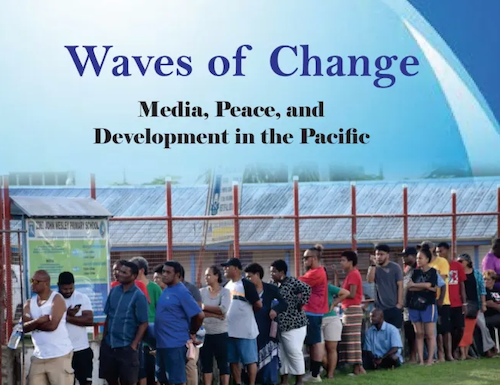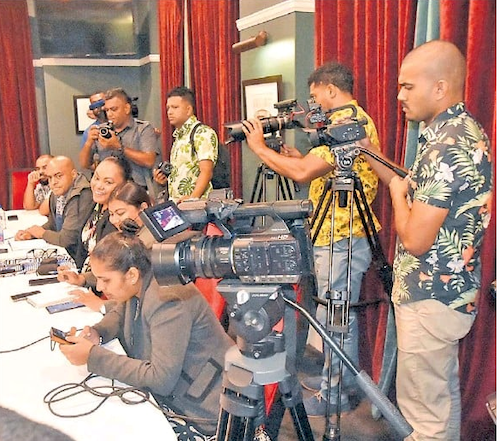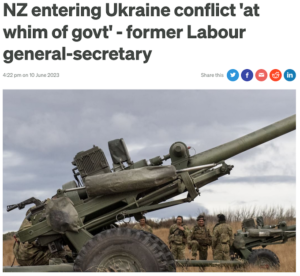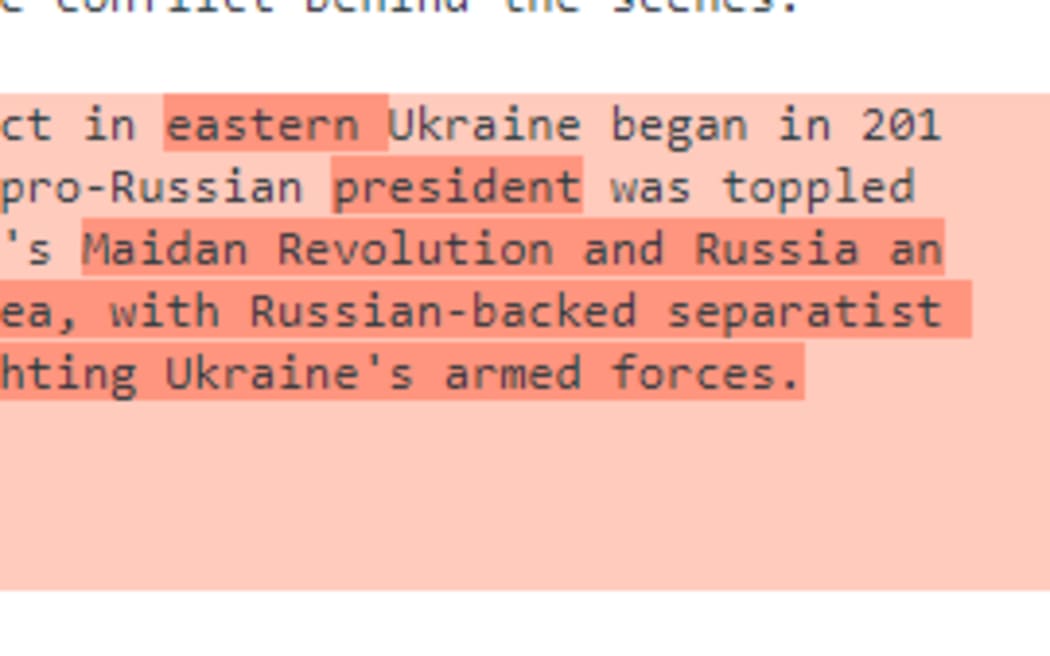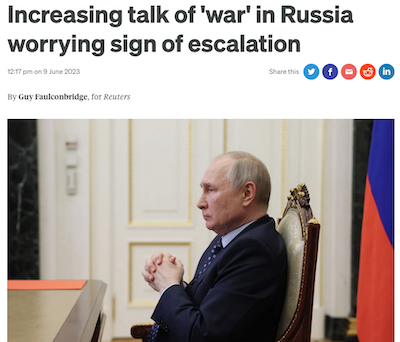By Alifereti Sakiasi in Suva
Social cohesion is a national responsibility, and everyone, including the media, should support government’s efforts, according to Dr Shailendra Singh, associate professor in Pacific Journalism at the University of the South Pacific.
While the news media are often accused of exacerbating conflict by amplifying ethnic tensions through biased narratives, media could also assist social cohesion and unite people by promoting dialogue and mutual understanding, said Dr Singh.
He was the lead trainer at a two-day conflict-sensitive reporting workshop for journalists, student journalists, and civil society on reporting in ethically tense environments.
The training, organised by Dialogue Fiji at the Suva Holiday Inn on November 12–13, included reporting techniques, understanding Fiji’s political and media landscape, and building trust with audiences.

Watchdog journalism
Dr Singh said media played an important public interest role as ‘society’s watchdog’. The two main strengths of Watchdog Journalism are that it seeks to promote greater accountability and transparency from those in power.
However, he cautioned reporters not to get too caught up in covering negative issues all the time. He said ideally, media should strive for a healthy mix of positive and what might be termed “negative” news.
Dr Singh’s doctoral thesis, from the University of Queensland, was on “Rethinking journalism for supporting social cohesion and democracy: case study of media performance in Fiji”.
He discussed the concepts of “media hyper-adversarialism” and “attack dog journalism”, which denote an increasingly aggressive form of political journalism, usually underpinned by commercial motives.
This trend was a concern even in developed Western countries, including Australia, where former Labour Minister Lindsay Tanner wrote a book about it: Sideshow, Dumbing Down Democracy.
Dr Singh said it had been pointed out that media hyper-adversarialism was even more dangerous in fragile, conflict-affected and vulnerable settings, as it harms fledgling democracies by nurturing intolerance and diminishing faith in democratically-elected leaders.
“Excessive criticism and emphasis on failure and wrongdoings will foster an attitude of distrust towards institutions and leaders,” he said.
Conflict-sensitive reporting
According to Dr Singh, examples around the world show that unrestrained reporting in conflict-prone zones could further escalate tensions and eventually result in violence.
The number one aim of conflict-sensitive reporting is to ensure that journalists, are aware of their national context, and shape their reporting accordingly, rather than apply the “watchdog” framework indiscriminately in all situations, because a “one-size-fits-all” approach could be risky and counterproductive.
Journalists who adopt the conflict-sensitive reporting approach in their coverage of national issues could become facilitators for peaceful solutions rather than a catalyst for conflict.
“The goal of a journalist within a conflict-prone environment should be to build an informed and engaged community by promoting understanding and reconciliation through contextualised coverage of complex issues,” he said.
A rethink was all the more necessary because of social media proliferation, and the spread of misinformation and hate speech on these platforms.

Challenges in maintaining transparency and accountability in journalism
According to Dr Singh, in many Pacific newsrooms today journalists who are at the forefront of reporting breaking news and complex issues are mostly young and relatively inexperienced.
He said the Pacific media sector suffered from a high turnover rate, with many journalists moving to the private sector, regional and international organisations, and government ministries after a brief stint in the mainstream.
“There is a lot of focus on alleged media bias,” said Dr Singh.
“However, young, inexperienced, and under-trained journalists can unknowingly inflame grievances and promote stereotypes by how they report contentious issues, even though their intentions are not malicious,” he said.
Dr Singh emphasised that in such cases, journalists often become a danger unto themselves because they provide governments with the justification or excuse for the need for stronger legislation to maintain communal harmony.
“As was the case in 2010 when the Media Industry Development Act was imposed in the name of professionalising standards,” said Dr Singh.
“However, it only led to a decline in standards because of the practice of self-censorship, as well as the victimisation of journalists.”
Legislation alone not the answer
Dr Singh added that legislation alone was not the answer since it did not address training and development, or the high rate of newsroom staff turnover.
He said the media were often attacked, but what was also needed was assistance, rather than criticism alone. This included training in specific areas, rather than assume that journalists are experts in every field.
Because Fiji is still a transitional democracy and given our ethnic diversity, Dr Singh believes that it makes for a strong case for conflict-sensitive reporting practices to mitigate against the risks of societal divisions.
“Because the media act as a bridge between people and institutions, it is essential that they work on building a relationship of trust by promoting peace and stability, while reporting critically when required.”
This article was first published by The Fiji Times on 24 November, 2024 and is being republished from USP Journalism’s Wansolwara and The Fiji Times under a collaborative agreement.
This post was originally published on Asia Pacific Report.
